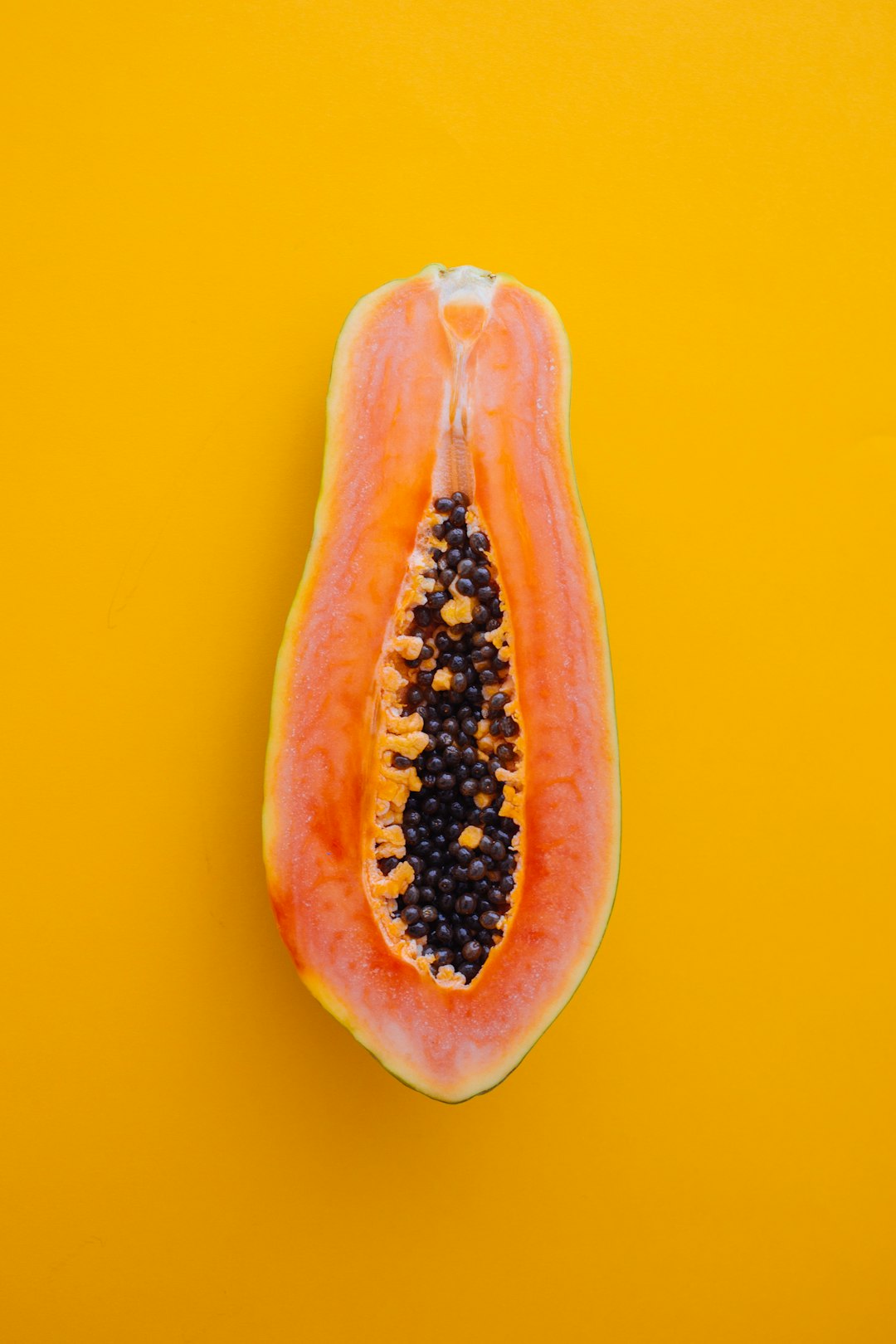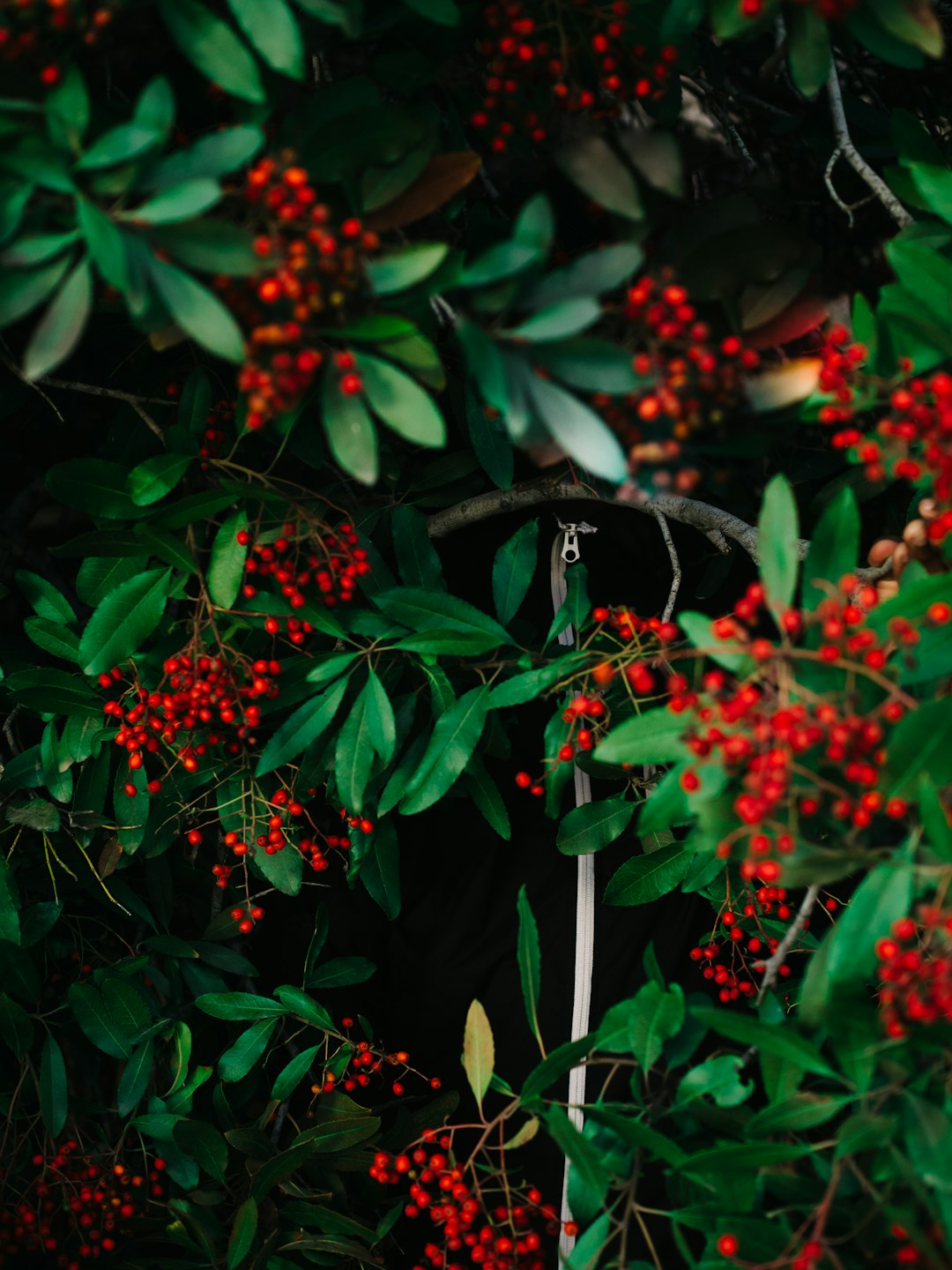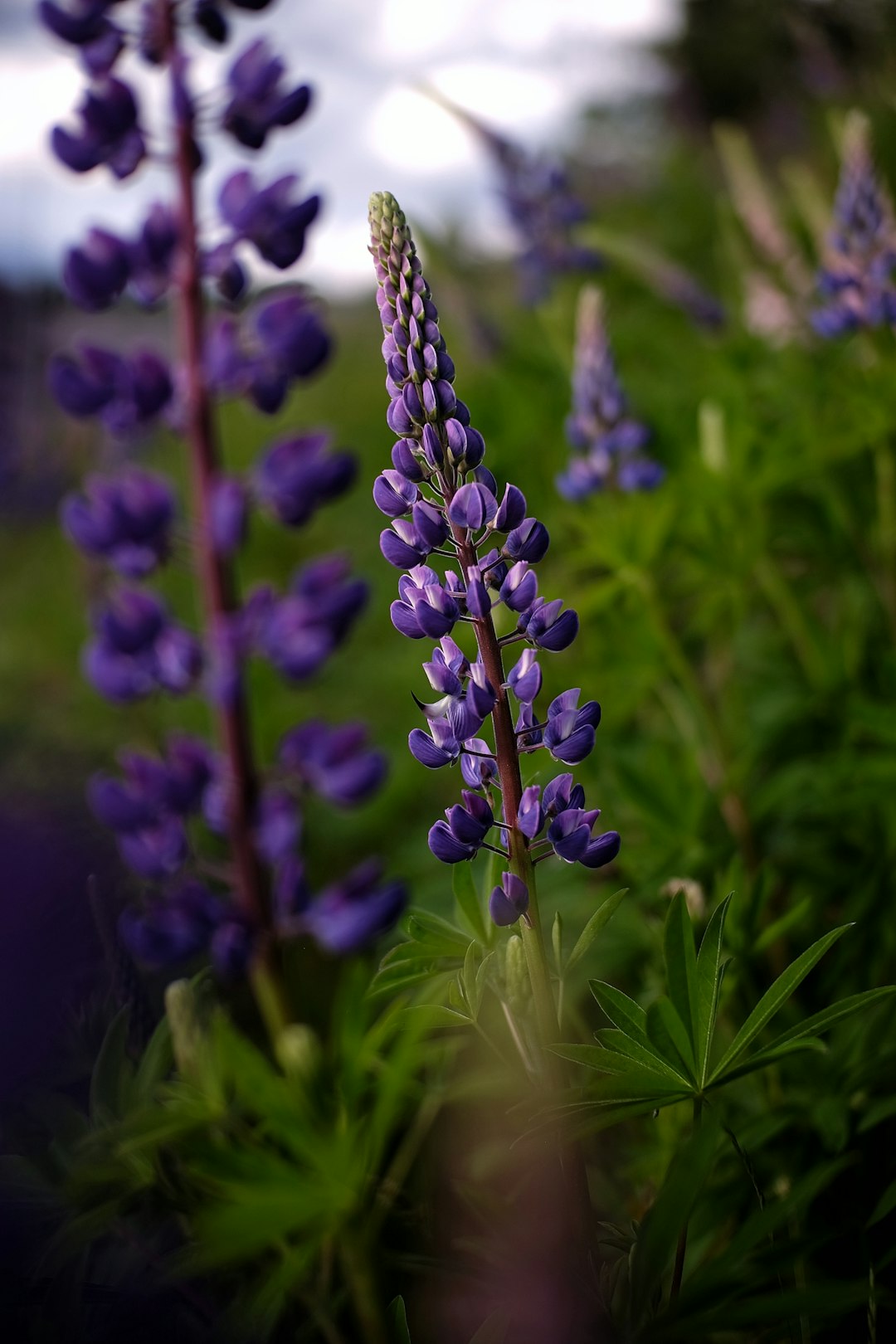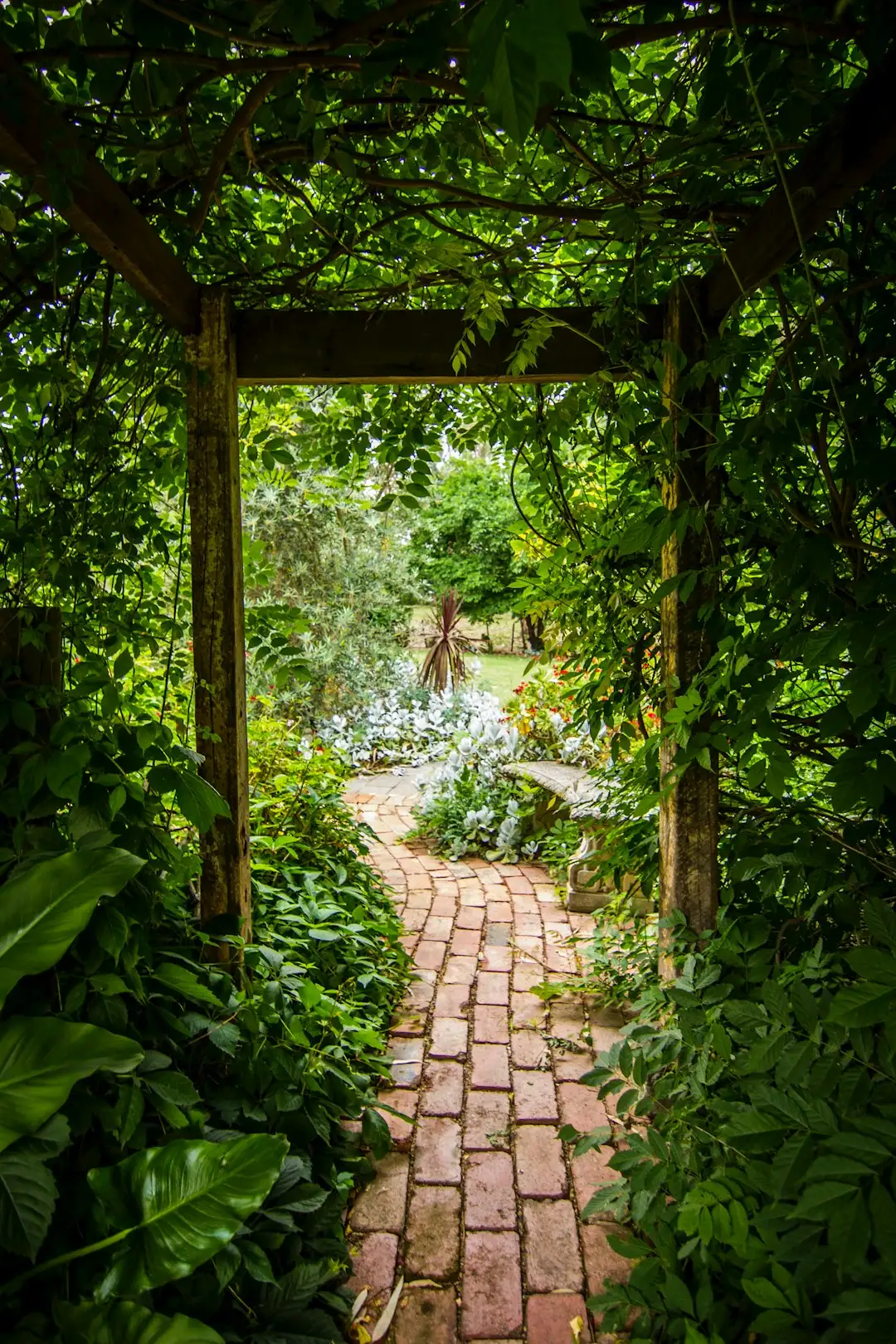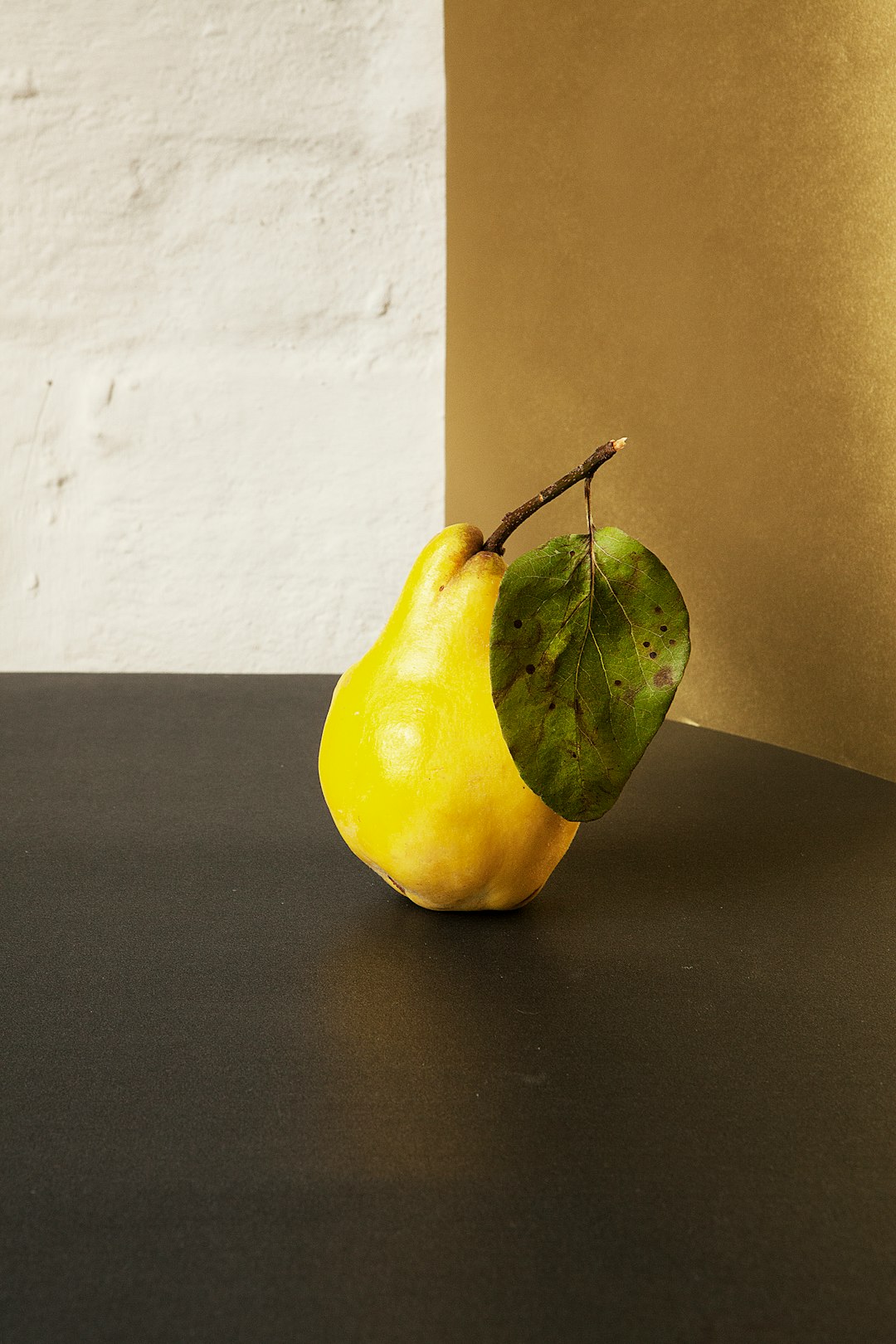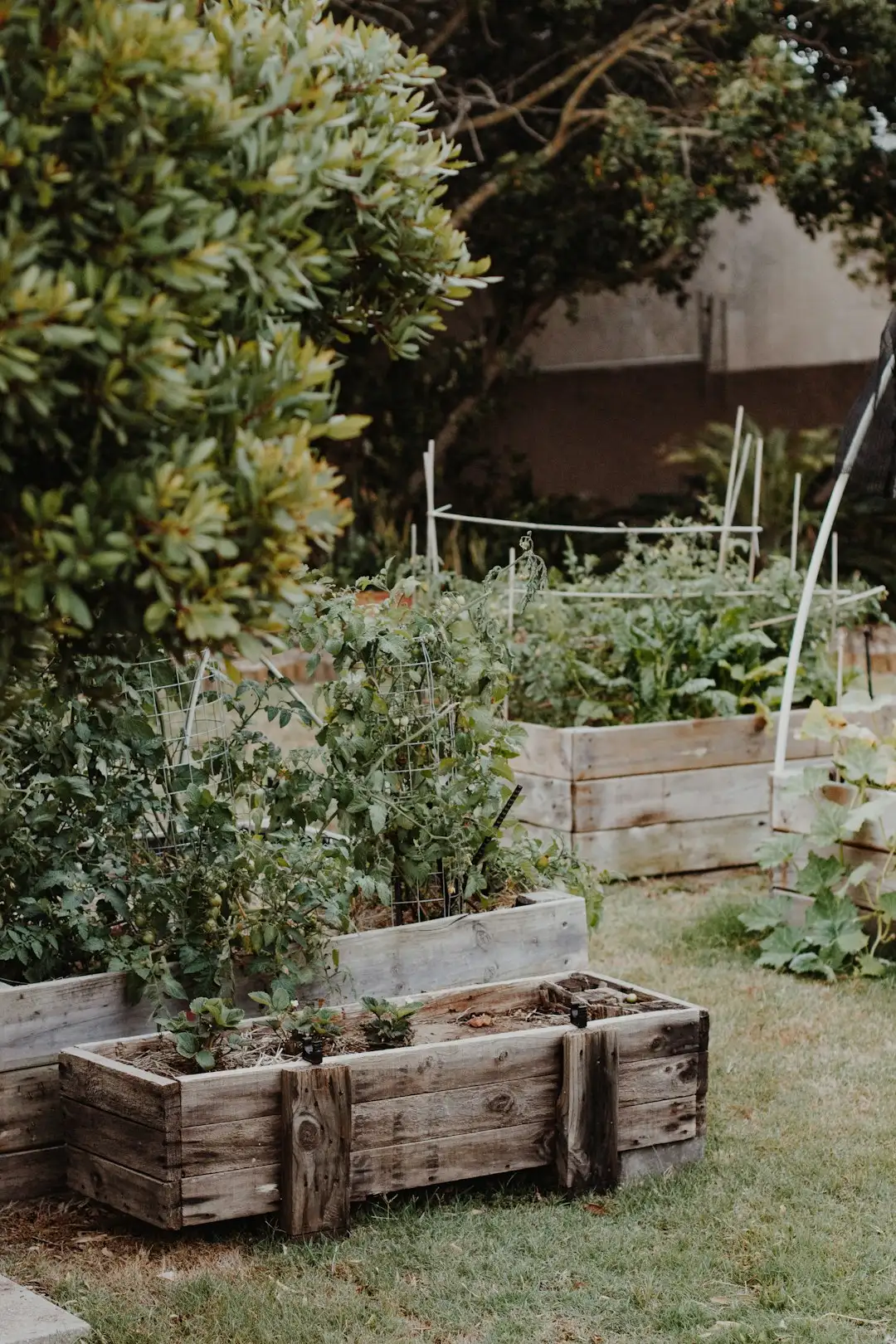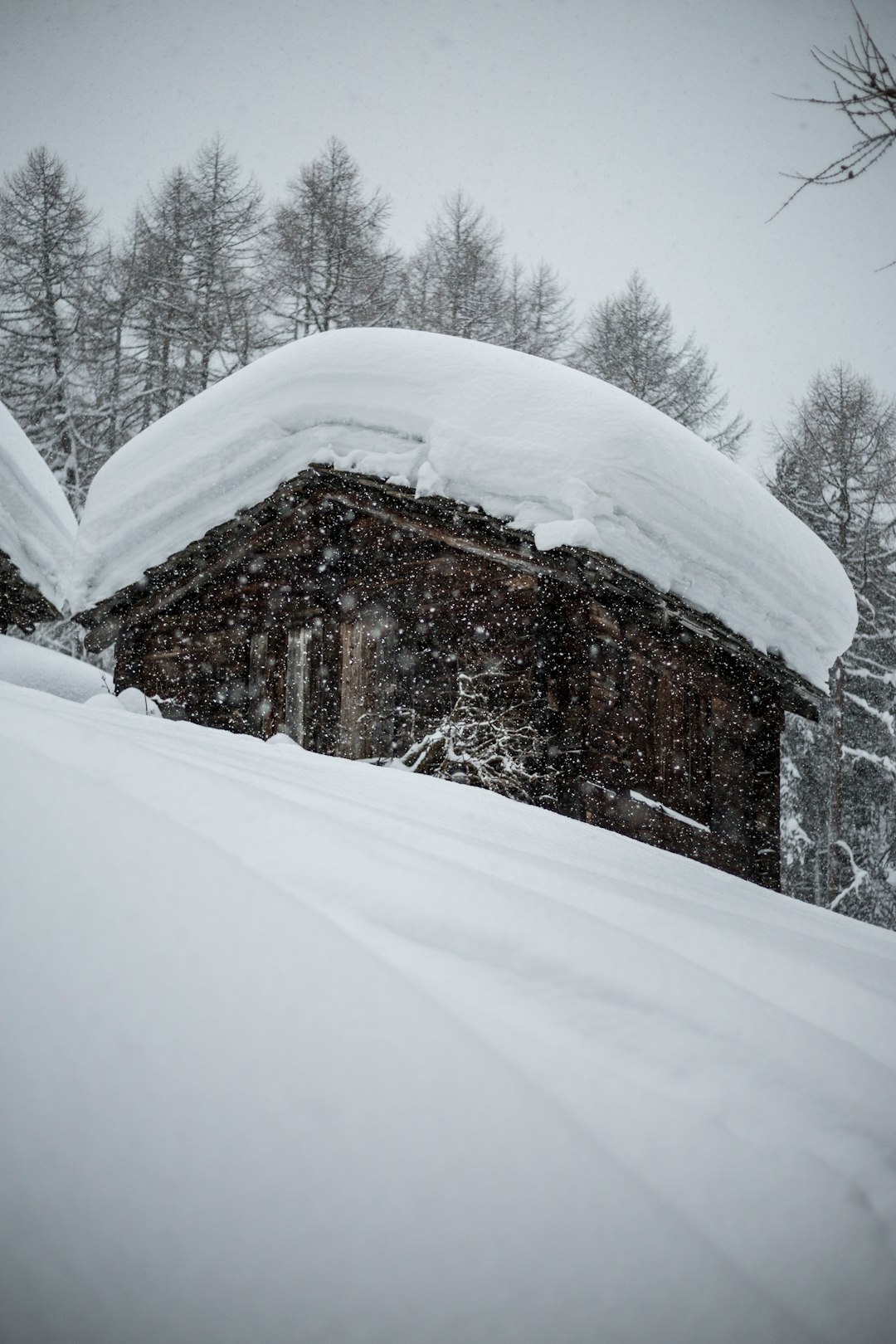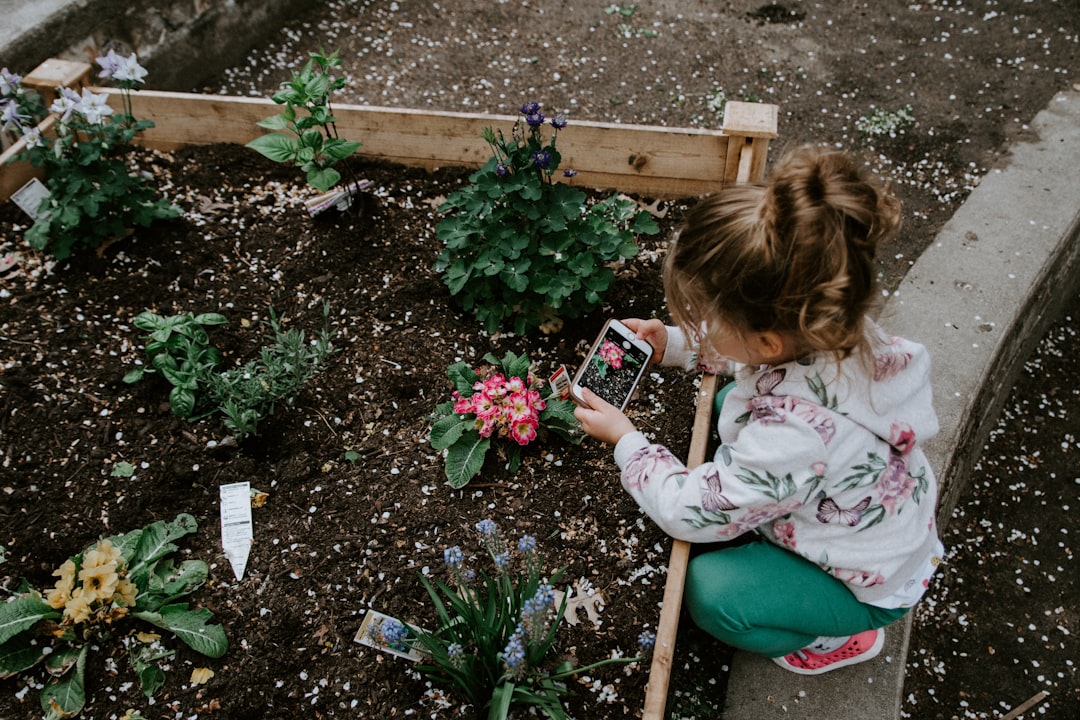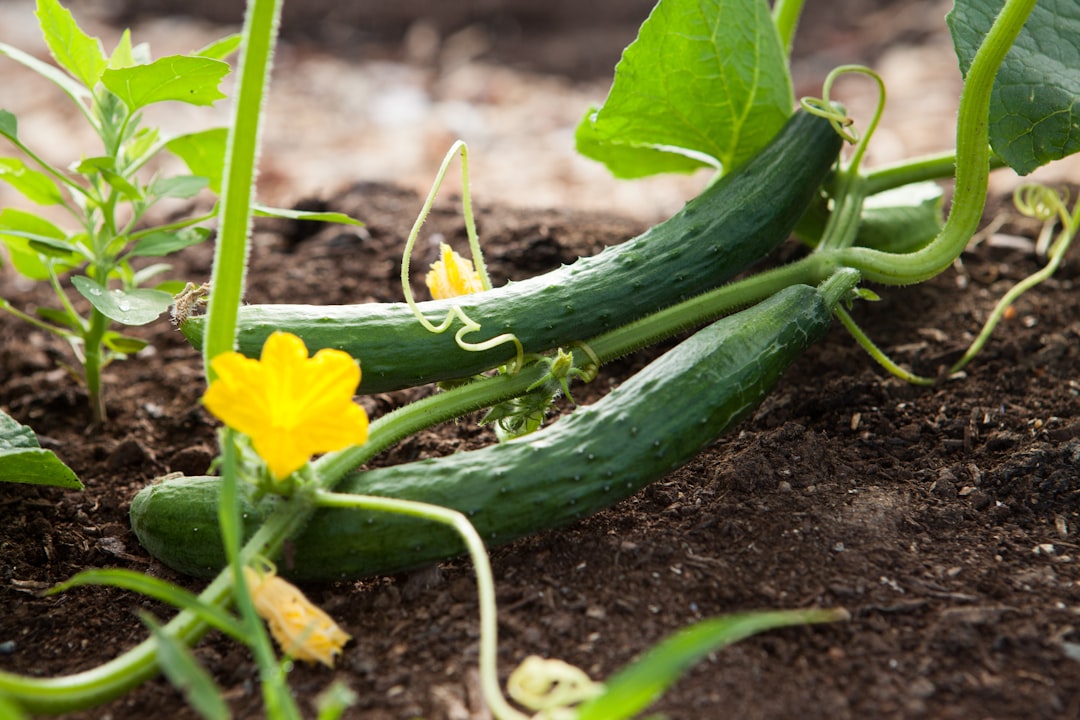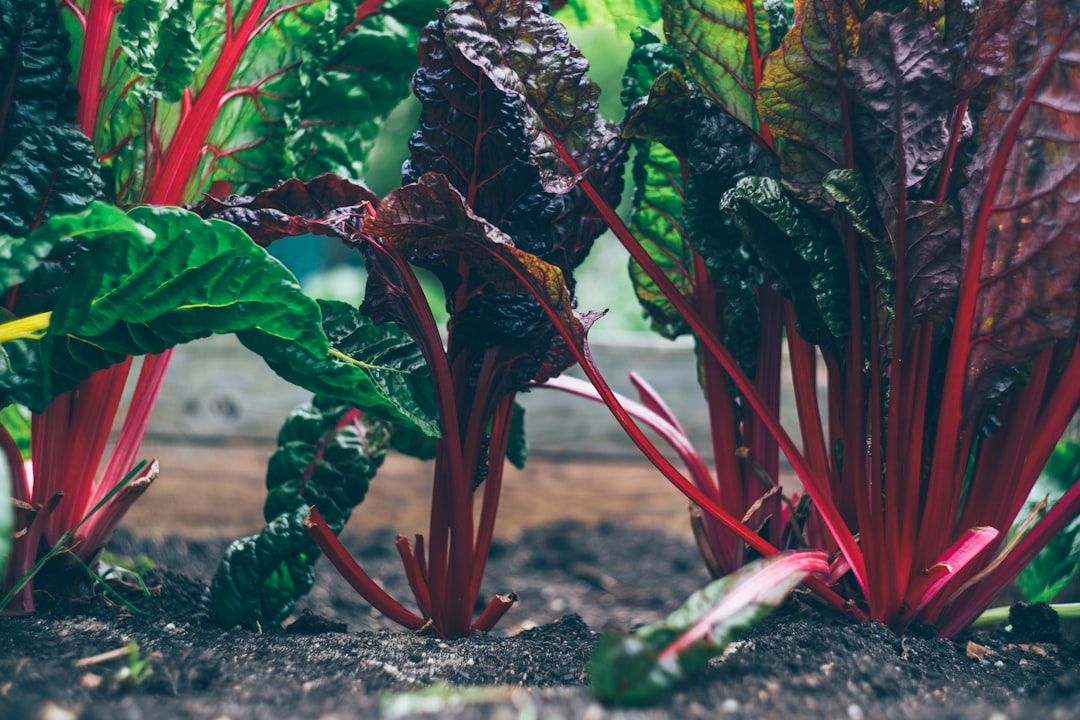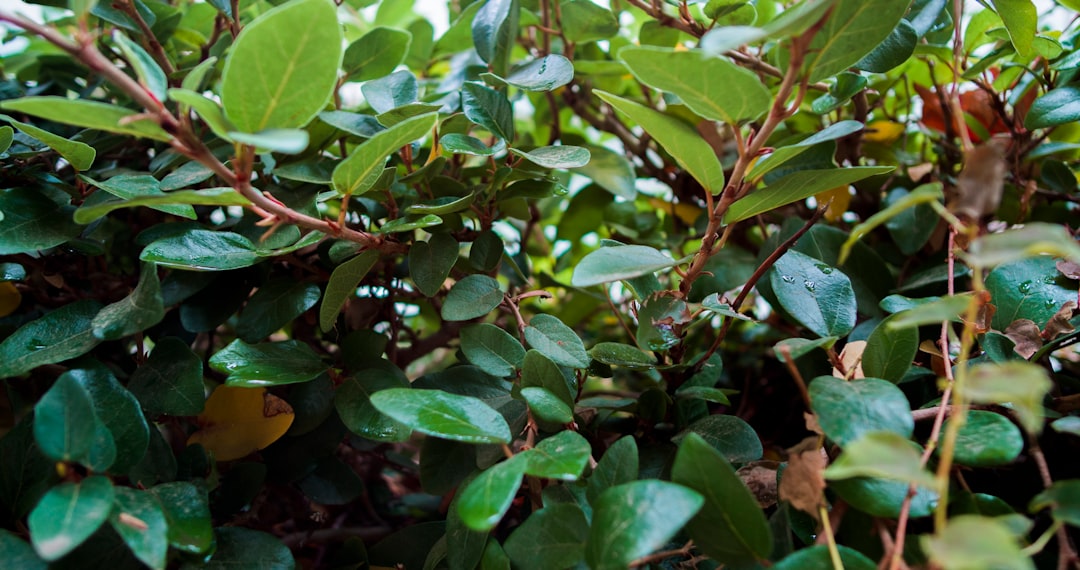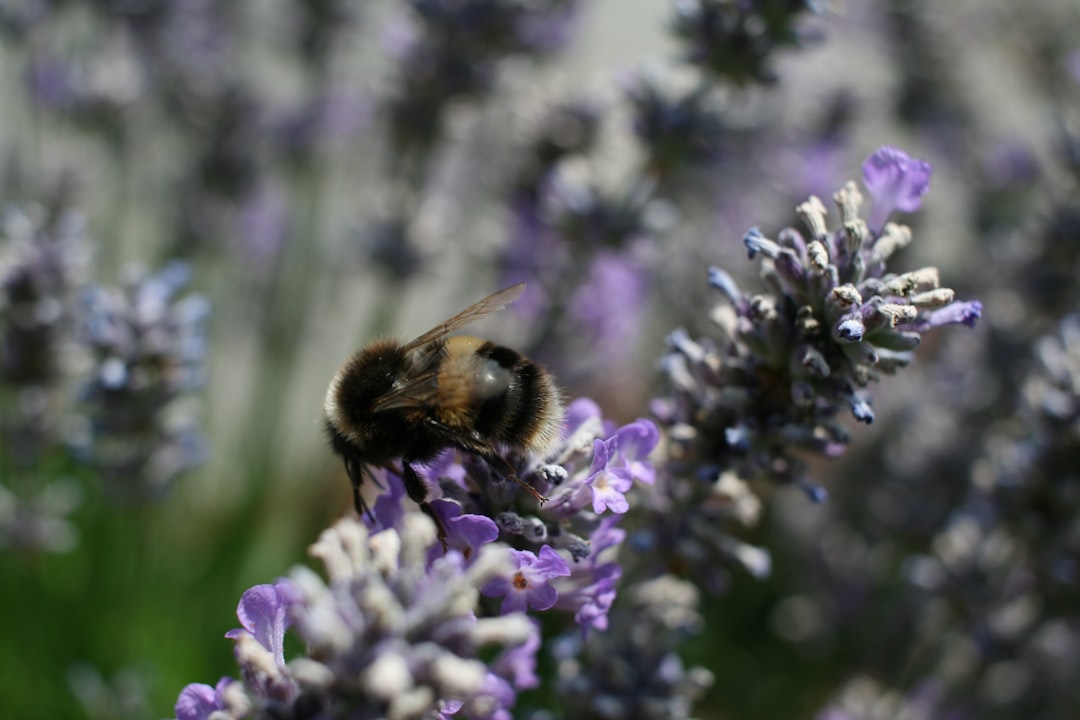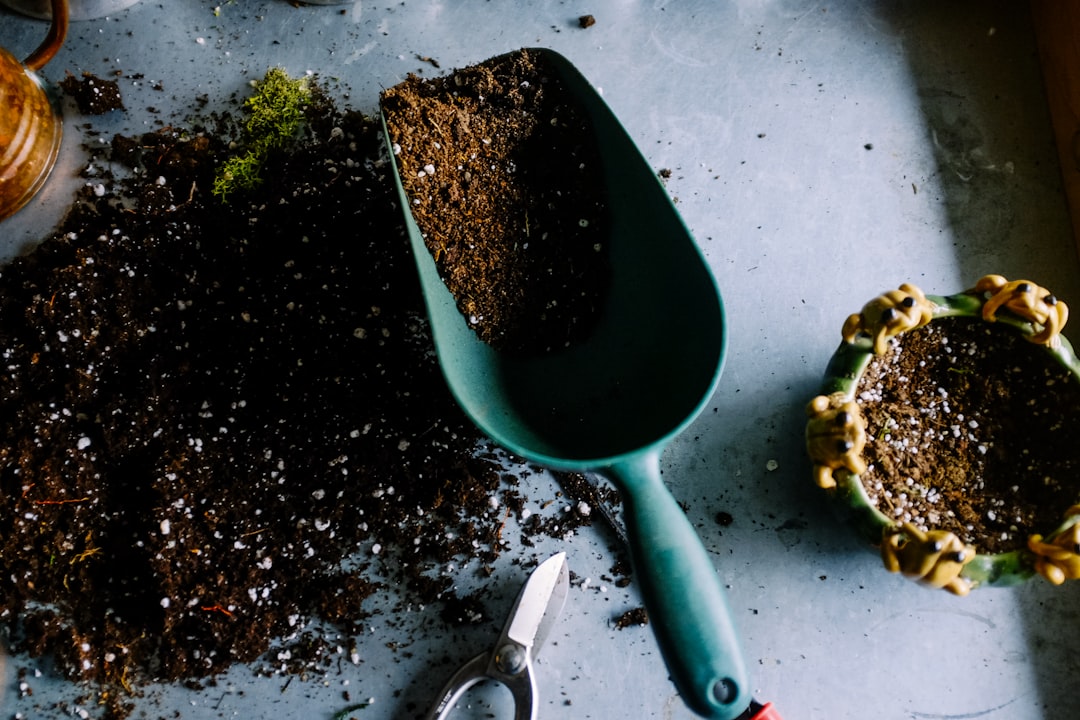
Flowers are the jewels of any garden, adding color, fragrance, and a touch of nature's beauty. Among the various types of flowers, perennials stand out as a popular choice for many gardeners. Not only do they come back year after year, but they also offer a cost - effective way to enhance your garden. One of the most effective techniques to save money and keep your perennial plants healthy is regular division.
Perennials are plants that live for more than two years. Over time, they tend to grow and spread, forming large clumps. While this may seem like a sign of a healthy plant, an overcrowded clump can actually lead to a variety of problems. When perennials become overcrowded, they have to compete for essential resources such as water, nutrients, and sunlight. This competition can result in stunted growth, fewer blooms, and an overall decline in the plant's health.
Dividing perennials is a simple yet powerful solution to these issues. By separating the clumps into smaller sections, you give each plant more space to grow and access the resources it needs. This not only promotes healthier growth but also encourages more abundant flowering. For example, daylilies, which are a common and beloved perennial, can become quite congested over time. Dividing them every few years can rejuvenate the plants and lead to a spectacular display of flowers.
Another significant advantage of dividing perennials is the cost - saving aspect. Instead of buying new plants every season, you can create multiple new plants from the existing ones. This is especially beneficial if you have a large garden or if you want to fill in empty spaces. For instance, if you have a beautiful hosta plant, dividing it can yield several new hosta plants that you can use to line a walkway or fill a shady corner of your garden. This way, you can expand your garden without breaking the bank.
So, when is the best time to divide perennials? The answer depends on the type of plant. Generally, spring and fall are the ideal seasons for division. Spring - blooming perennials are best divided in the fall, after they have finished flowering. This gives the plants time to establish their roots before the cold winter months. On the other hand, fall - blooming perennials should be divided in the spring. This allows them to grow and develop throughout the summer and bloom in the fall as usual.
To divide perennials, you will need a few basic tools such as a sharp spade, a garden fork, and a pair of pruning shears. Start by carefully digging up the entire clump of the plant. Be sure to dig deep enough to get all of the roots. Once the clump is out of the ground, gently shake off the excess soil to expose the roots. Then, use the garden fork or your hands to separate the clump into smaller sections. Each section should have a healthy amount of roots and at least a few shoots.
After dividing the plant, it's important to replant the sections as soon as possible. Choose a suitable location in your garden that has the right amount of sunlight and well - drained soil. Dig a hole for each section, making sure it is deep and wide enough to accommodate the roots. Place the section in the hole, backfill with soil, and gently firm the soil around the plant. Water the newly planted sections thoroughly to help them settle in.
Regularly dividing your perennials is not only a practical way to save money and keep your plants healthy but also a rewarding gardening activity. It allows you to have more control over the growth and appearance of your garden. You can experiment with different arrangements and combinations of plants, creating a unique and beautiful outdoor space. Moreover, sharing the divided plants with friends and neighbors can also be a great way to spread the joy of gardening.
In conclusion, if you want to have a thriving and economical flower garden, don't overlook the power of dividing your perennials. By following the proper techniques and timing, you can ensure that your plants remain healthy, produce more blooms, and save you money in the long run. So, grab your gardening tools and start dividing those perennials today!
New








